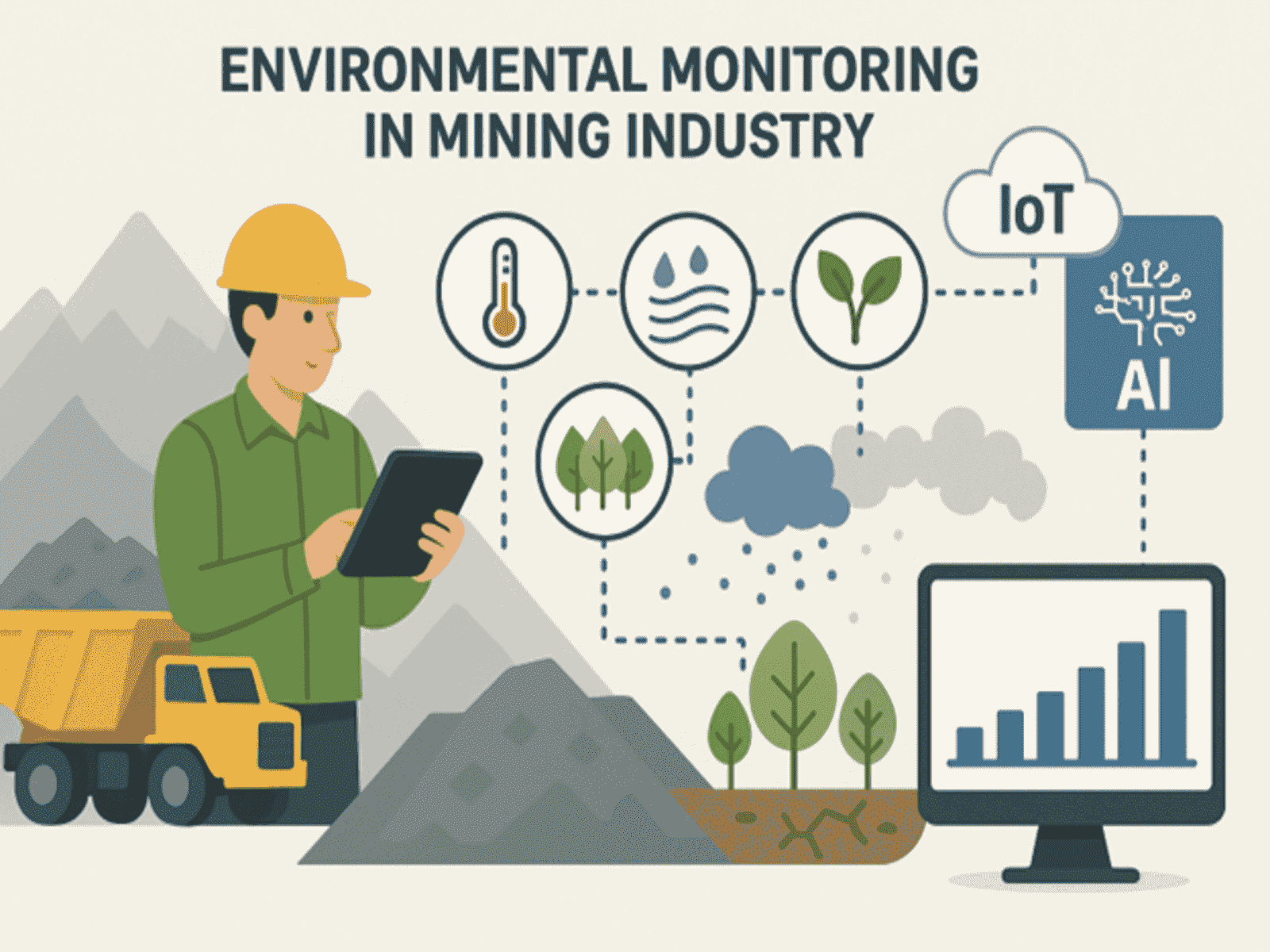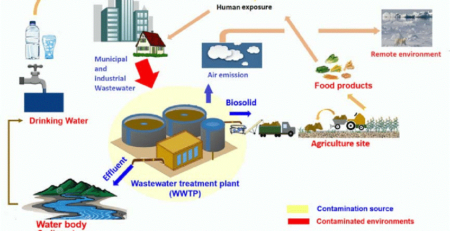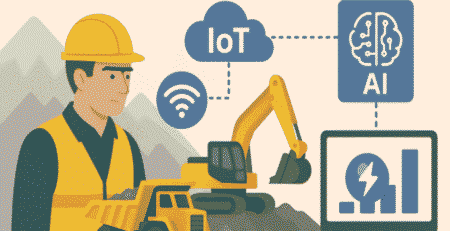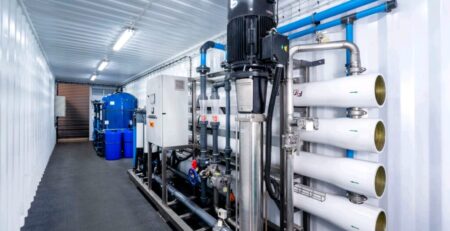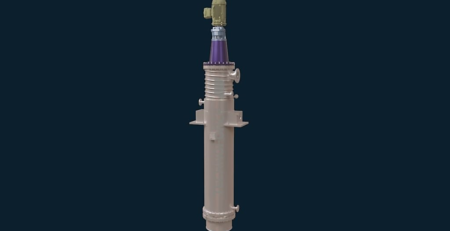Use of IoT & AI in Environmental Monitoring and Compliance in Mining Industry
🌍 Use of IoT & AI in Environmental Monitoring and Compliance in Mining Industry
How IoT and Artificial Intelligence (AI) are used in the mining industry for environmental monitoring and regulatory compliance:
✅ Overview
Mining operations significantly affect the environment—air, water, soil, and noise levels. Strict environmental regulations require companies to monitor emissions, discharges, land disturbances, and habitat impacts in real time. IoT sensors and AI analytics enable continuous, automated environmental surveillance and reporting that ensures compliance, risk mitigation, and sustainability.
🛰️ I. IoT for Real-Time Environmental Monitoring
A. Air Quality Monitoring
- IoT-based air quality sensors measure:
- Particulate Matter (PM1.0, PM2.5, PM10)
- NOx, SOx, CO, CO₂, VOCs (Volatile Organic Compounds)
- O₂ and methane (CH₄) levels near underground operations
- Devices placed at:
- Mine faces
- Tailings dams
- Transport routes
- Worker camps
B. Noise and Vibration Monitoring
- Acoustic sensors track:
- Decibel levels at equipment and blasting sites
- Vibration intensity (PPV – Peak Particle Velocity)
- IoT gateways log real-time values and trigger alerts if thresholds are breached.
C. Water Quality & Effluent Monitoring
- Smart probes and transmitters measure:
- pH, TDS, turbidity, ORP, conductivity
- Heavy metal content (arsenic, lead, mercury)
- Temperature and dissolved oxygen
- Deployed in:
- Discharge points
- Tailings ponds
- Groundwater wells
- Local water bodies
D. Soil and Ground Stability Monitoring
- IoT-enabled inclinometers, piezometers, and strain gauges monitor:
- Slope movement and pore pressure
- Seepage in tailings embankments
- Landslide and ground subsidence risks
E. Meteorological Monitoring
- Weather stations with IoT transmitters log:
- Wind direction/speed
- Rainfall (mm/hr)
- Temperature, humidity
- Barometric pressure
These values are crucial to assess dust dispersion, water flow, and erosion risks.
🧠 II. Artificial Intelligence for Environmental Compliance
A. Anomaly Detection & Predictive Alerts
- AI models trained on historical environmental data can predict:
- Dust level breaches during high wind
- Heavy rainfall triggering runoff or overflow from tailings
- Likelihood of acid mine drainage events
- Models send proactive alerts to mitigate before regulatory limits are crossed.
B. Data Fusion and Pattern Recognition
- AI systems correlate sensor data across time and geography to detect:
- Patterns of increasing contamination
- Equipment behavior contributing to emissions (e.g., unregulated diesel exhaust)
- Noise propagation patterns affecting wildlife zones
C. Regulatory Reporting Automation
- AI automates generation of environmental compliance reports (daily, monthly, event-based).
- Format complies with local authorities like:
- Australia: EPA, DWER, DMP
- Canada: CEPA
- USA: EPA, MSHA
- AI checks for missing data, outliers, and tampering.
D. Satellite and Drone Image Analysis
- AI analyzes satellite and UAV imagery for:
- Vegetation loss
- Sedimentation in rivers
- Illegal dumps
- Erosion
- Tools: TensorFlow, OpenCV, AWS SageMaker
🏗️ III. System Architecture for Environmental Monitoring
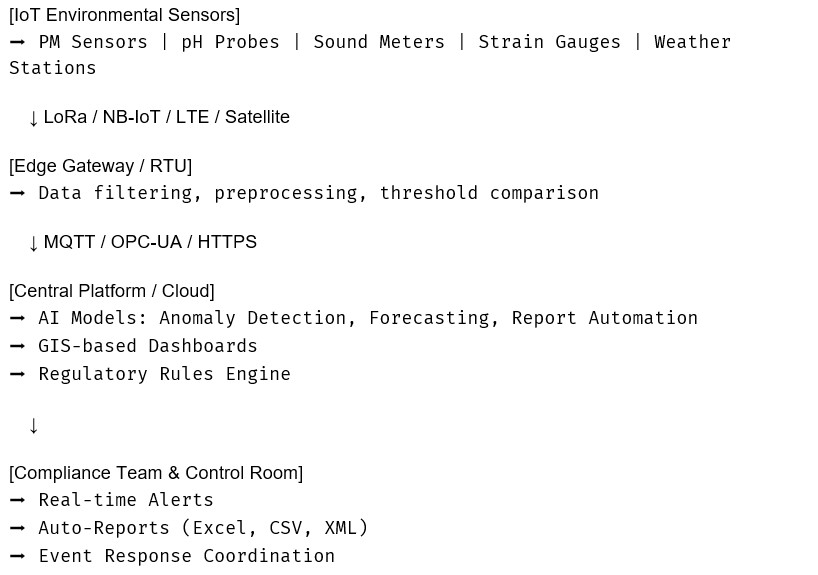
📊 IV. Benefits of IoT & AI in Environmental Compliance
| Area | IoT/AI Advantage |
| Real-time Visibility | Continuous 24/7 environmental surveillance |
| Early Warning System | Predict breaches before they happen |
| Regulatory Compliance | Automated, audit-ready reporting |
| Reduced Fines & Downtime | Avoids legal actions, shutdowns |
| Community Trust | Transparent, traceable environmental stewardship |
| Operational Efficiency | Quick identification of environmental hazards |
🔄 V. Use Case Example: Tailings Dam Monitoring
Problem:
Tailings dams are prone to seepage and collapse, leading to catastrophic environmental disasters.
IoT + AI Solution:
- IoT piezometers and inclinometers monitor real-time pressure and movement.
- AI models predict breach probabilities under heavy rainfall conditions.
- CCTV & thermal imaging detect cracks or overflows.
- System automatically:
- Sends SMS alerts
- Opens emergency valves
- Sends drones for visual confirmation
🧩 VI. Integration with Other Systems
- SCADA/DCS systems for centralized control
- GIS mapping systems for spatial visualization
- ERP/CMMS for linking environmental risks with asset failures
- Blockchain for tamper-proof environmental data records

